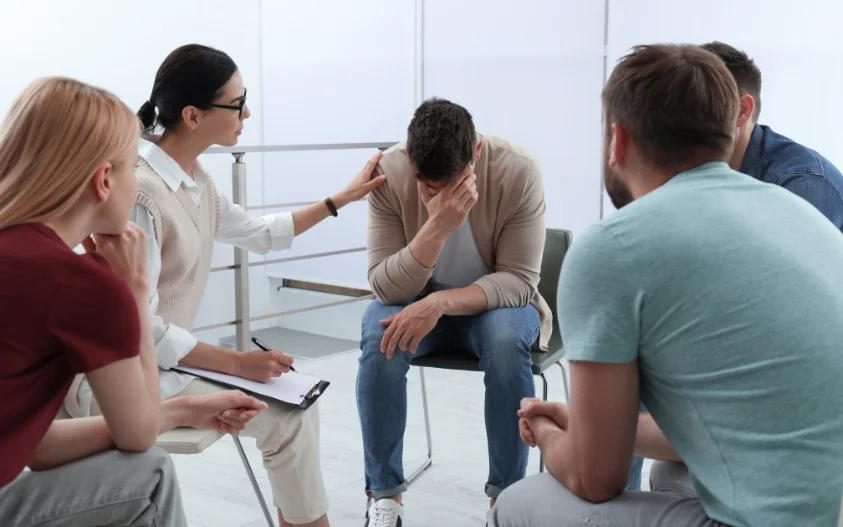24/7 Helpline:
(866) 899-221924/7 Helpline:
(866) 899-2219
Learn more about Bipolar Disorder Treatment centers in Art
Bipolar Disorder Treatment in Other Cities
Other Categories in Art

Other Insurance Options

Sliding scale payment assistance

Sutter

Optima

Anthem

Cigna

Access to Recovery (ATR) Voucher

EmblemHealth

American Behavioral

Highmark

Private insurance

Multiplan

Health Partners

Choice Care Network

BlueShield

MHNNet Behavioral Health

Evernorth

Molina Healthcare

Humana

WellPoint

Excellus













